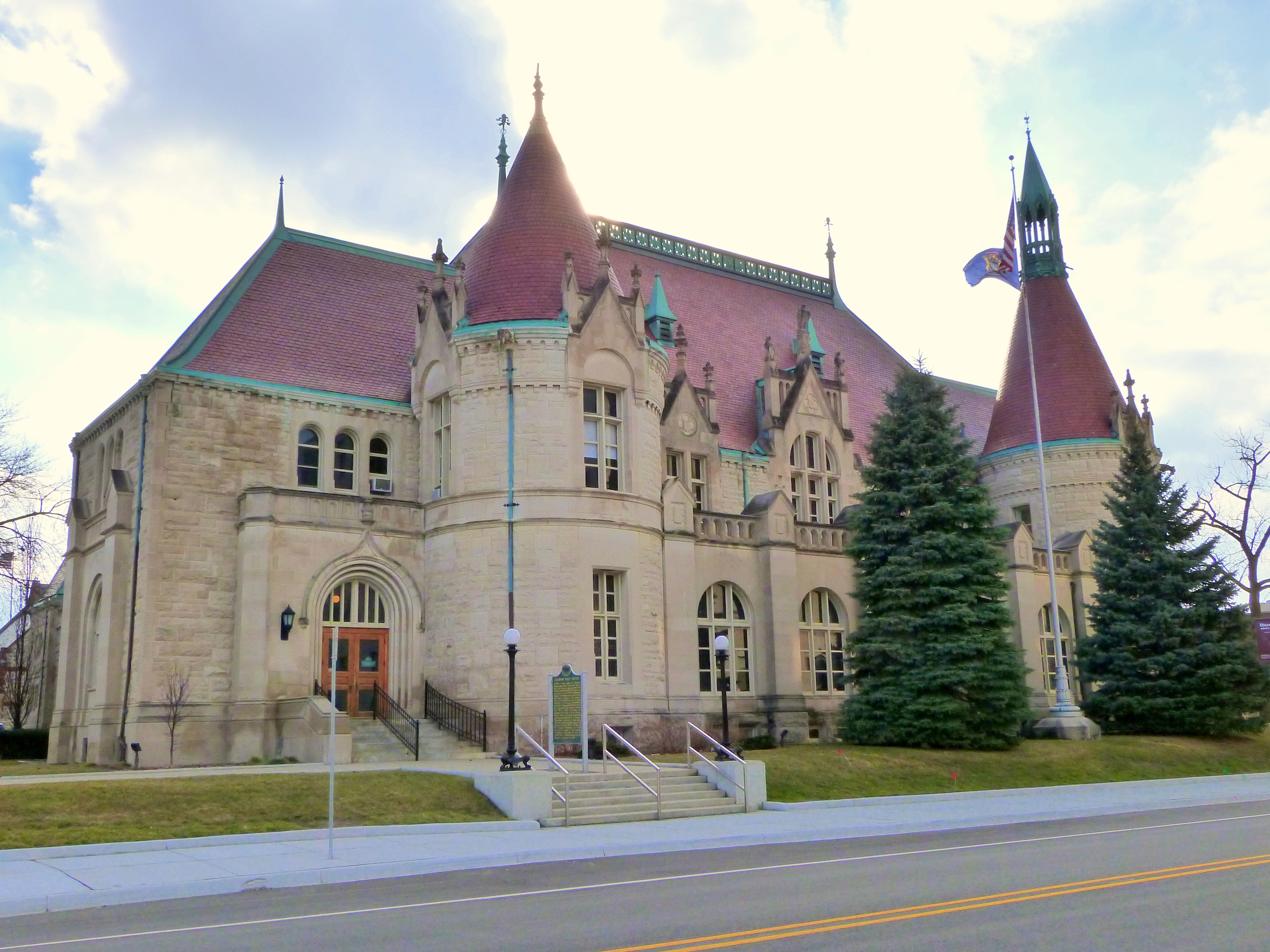
By Bill Badour
BAY CITY – During the COVID-19 pandemic, there have been several state presidential primary and local elections pushed back to help prevent the spread of the virus.
Michigan’s local elections, though, remain in May.
Thanks to recent pushes to expand voting by mail for the 2020 presidential elections, there is hope to see mail-in voting made more commonplace.
On March 23, Secretary of State Jocelyn Benson announced that absentee voter ballot applications will be mailed to all voters to participate in the May 5 election.
In 2018, Michigan voters passed multiple initiatives that expanded access to voting. The initiatives included automatically becoming registered to vote when renewing a driver’s license, the ability to register to vote and vote on the same day, obtaining an absentee ballot without giving a reason, and being able to cast a straight-ticket vote for all candidates of a particular party.
Wisconsin held their presidential primary and other statewide elections on April 7.
Due to the lack of polling workers, only five of the 180 polling precincts in Milwaukee were open. Lines to vote could be over two hours long. Michigan wants to avoid a similar situation.
Kimberly Klein, professor of political science at Delta College, shared her thoughts about mail-in voting with the Collegiate.
“Outside of the obvious public health concerns, if a traditional election was held, states that do vote-by-mail see a higher voter turnout,” says Klein.
An argument that is commonly used against mail-in voting is the potential for fraud.
“It seems like there is a potential for [fraud] as there’s always the unknown after you mail your ballot, but we’re trusting states that have been using this and say that there is little to no evidence of fraud,” says Klein. “There has also been pushback from Republicans, saying that this is a way to circumvent the voter ID laws.”
According to the Election Administration and Voting Survey, in 2018, more than 31 million Americans cast their ballots by mail. That’s about 25.8 percent of election participants.
The New York Times published an op-ed that examined this fraud claim. According to the article, states that use vote-by-mail have encountered “essentially zero fraud.” Oregon has sent out more than 100 million mail-in ballots since 2000 and has documented only about a dozen cases of proven fraud. The numbers from Oregon amount to 0.0000001% of all ballots cast being fraudulent.
One voting rights study by 11 universities across the country concluded that from 2000 to 2012, there were only 491 cases of absentee ballot fraud and 400 cases of voter registration fraud. Richard L. Hasen, election law professor, claims over that time period, “literally billions of ballots were cast.”
So, Americans are more likely to be struck by lightning than to commit mail-in voting fraud.
In order to conduct a vote-by-mail system, though, an effective and timely postal service is required.
The United States Postal Service may be forced to cease operations by fall, in part due to the COVID-19 pandemic, since during the middle of March, mail volume has possibly decreased by as much as 30%.
“The USPS has been in trouble for a long time, but I hope that more funding will go there in the long run,” says Klein. “In past elections, many people that have had mail-in ballots have dropped them off instead of mail them.”

